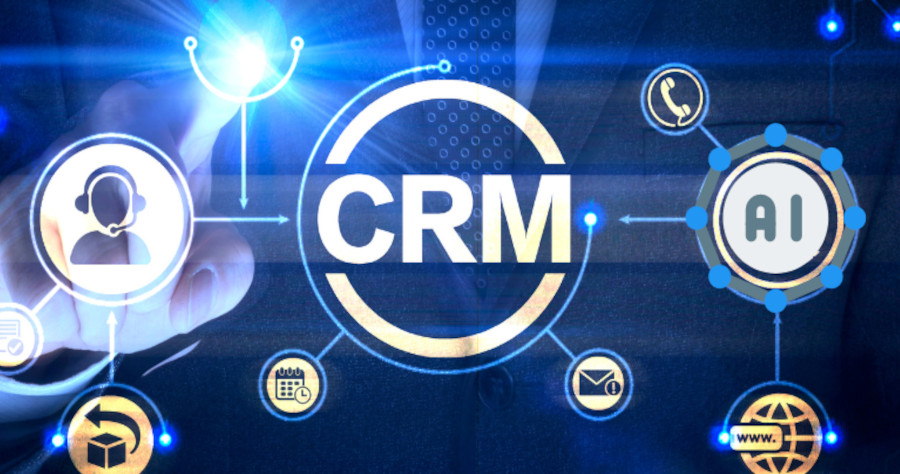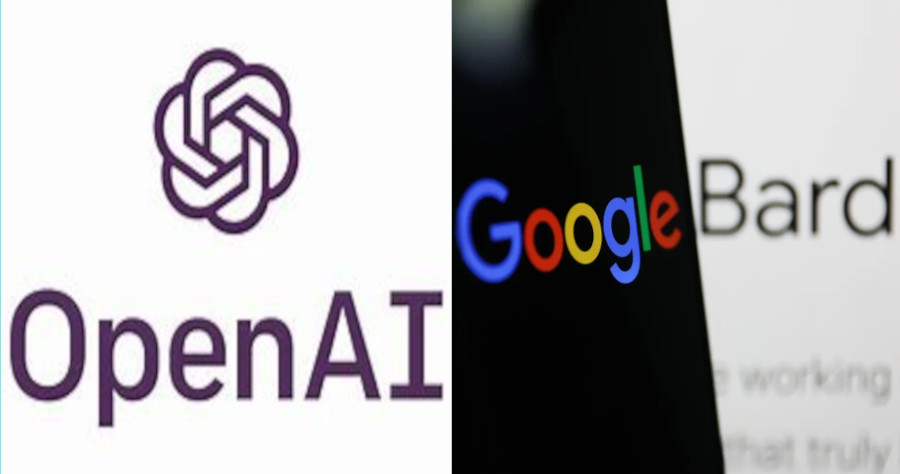The free web and mobile chatbot offers many benefits, including links and sources for its answers.
Perplexity AI, created by a team of experts from OpenAI, Meta, Quora, and Databrick, aims to challenge the dominance of ChatGPT in the AI chatbot arena. Despite being the new kid on the block, Perplexity AI has raised $26 million in series A funding and offers a wide range of features, including a dedicated mobile app. While the business model remains uncertain, its free offering gives it a potential advantage over the subscription-based model of GPT-4.

Using machine learning and Natural Language Processing (NLP), Perplexity AI, like ChatGPT, provides responses to user queries. NLP enables computers to understand and process human language, with applications such as translation, chatbots, and voice assistants. While both chatbots offer detailed answers, Perplexity AI stands out with its mobile app, offering seamless access without the need for account signup. Additionally, Perplexity AI provides relevant links in its responses, including reputable sources like US News and World Reports, CIO, Great Value Colleges, and Computer Science Degree Hub, giving it an edge over GPT-4 in terms of up-to-date information.
In a comparison test between Perplexity AI and GPT-4, querying the top universities for artificial intelligence education, GPT-4 provided a list of ten universities while Perplexity AI offered a shorter list of five. However, Perplexity AI included links to relevant resources, showcasing its more recent information compared to GPT-4’s knowledge cutoff in 2021. Similarly, when asked to write an introduction email to Elon Musk for an interview on AI, both chatbots responded with detailed and polite emails. However, Perplexity AI once again excelled by providing additional resources, including links to the Tesla website and articles about Musk, although users should verify the accuracy and timeliness of these sources.
In conclusion, for those in search of a powerful and accessible AI chatbot with a competitive edge and no cost, Perplexity AI presents a promising option. With its impressive team and funding, dedicated mobile app, and the inclusion of relevant resources, Perplexity AI aims to rival the established ChatGPT in the AI landscape.






